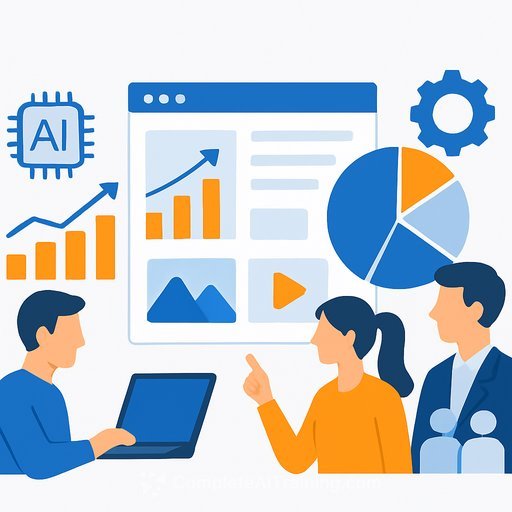RateGain Acquires Sojern: What Hotel Marketers Need to Know
RateGain has acquired Sojern, combining AI-driven traveler intent data with pricing intelligence, distribution, and marketing tools. Together, they'll serve about 13,000 customers worldwide, putting the company in the conversation with larger integrated providers in travel tech.
RateGain brings strengths in pricing intelligence, channel management, and rate optimization. Sojern adds scaled media activation, advertising, and traveler intent data for hotels, airlines, and destinations. The outcome for marketers: a tighter loop between demand generation, pricing, and distribution.
Why this matters to marketing teams
- Unified data → cleaner decisions: Expect a single interface that ties campaigns to pricing and inventory. Less guesswork, fewer silos.
- Better audience precision: Sojern's traveler intent data can refine targeting, suppress low-value segments, and shift budget toward higher-converting windows.
- Media + pricing feedback loop: Pricing signals inform bids and creative; campaign performance informs revenue strategy.
- Scale and reach: With 13,000 customers, the network effect can improve benchmarks, while keeping control at the property or brand level.
What to expect from the combined stack
The companies plan a single interface linking marketing, distribution, and revenue management. Machine learning applied to traveler data should make demand prediction, budget allocation, and pricing more accurate.
If executed well, you'll see smoother workflows, fewer vendor handoffs, and clearer attribution. The key will be transparent models and data lineage you can audit.
30-60-90 day playbook for hotel marketers
- Days 1-30: Map your current stack (DSPs, CDP/CRM, rate intelligence, PMS/CRS). Identify overlapping tools that RateGain + Sojern could replace. List data sources you need synced: audience segments, rate plans, inventory, stay windows.
- Days 31-60: Pilot 1-2 campaigns using traveler intent segments tied to live pricing and inventory rules. Test offers by length of stay and booking window. Compare to your business-as-usual control group.
- Days 61-90: Automate creative and bids based on demand signals (e.g., search volume spikes, market pickup, competitor price moves). Set rules for budget shifts across channels when CPA or ROAS thresholds are hit.
Metrics to watch
- Media efficiency: ROAS, CPA, view-through to booking rate, and assisted revenue.
- Commercial impact: Direct booking share, conversion rate by audience, average booking window, and uplift in ADR tied to campaign cohorts.
- Attribution clarity: Consistency between platform-reported revenue and PMS/CRS actuals.
Risks to manage (and how)
- Data integration: Require a documented schema for audience IDs, rate plans, inventory, and attribution windows. Run parallel tracking for 2-4 weeks.
- Model transparency: Ask for explainability on bid strategies, lookalike logic, and suppression rules. Set thresholds for model drift alerts.
- Change management: Define who owns budgets, who approves pricing signals in campaigns, and how conflicts with revenue management get resolved.
- Service and SLAs: Confirm support tiers, data refresh cadences, and downtime protocols before consolidating vendors.
Competitive context
The move positions RateGain to compete more directly with full-stack options such as Oracle Hospitality and Amadeus, and with specialists like Sabre's Hospitality Solutions and Duetto. Buyers are pushing for fewer vendors and tighter connections between media, pricing, and distribution.
What leadership at both companies signaled
RateGain's leadership framed the deal as a way to strengthen AI-led offerings and build a more complete platform. Sojern's leadership emphasized expanded reach and a stronger product mix across markets.
The takeaway for marketers
This merger reflects a broader push to connect marketing performance with pricing and distribution in one place. If the integration lands well, teams should see better forecasting, improved ROAS, and higher direct booking conversions-without extra workflow bloat.
Your edge will come from execution: clean data, clear rules between marketing and revenue teams, and ongoing tests that tie spend to booked revenue, not just clicks.
Skill up your team
If you're updating your playbooks for AI-driven media and measurement, consider formal upskilling. See this AI certification for marketing specialists to standardize skills across your team.
Your membership also unlocks:






